Indian airlines have ordered 1150 planes in less than 15 months in hopes of a surge in travel and growth of the economy in the decade ahead.
Air India has ordered 470 planes, IndiGo 530 and Akasa Air 150.
IndiGo was the latest to add 30 widebody planes this week to its order of 500 planes last year.
In total airlines from India now have around 1600 planes on order largely with Airbus and Boeing.
“Historically, the potential for the deployment of widebody aircraft by Indian carriers, was significantly constrained by the absence of a successful long haul airline. Indian-domiciled carriers currently only have around 65 widebodies (of which some are not operational). In contrast, the ME3 carriers have close to 500 widebodies, of which more than 250 are with Emirates alone. As a result, 6th freedom carriers accounted for the dominant share of long haul (64%) and ultra-long haul (80%) traffic to/from India prior to the pandemic,” consulting firm CAPA said.
CAPA anticipates the Indian long-haul market to necessitate around 300 widebody aircraft by FY32 and IndiGo to emerge as “a key player in the long and ultra-long haul segments.”
“Given the potential size of India’s origin-destination international market, supplemented 1) by other South Asian countries as proxy markets and 2) an addressable intercontinental market of over 100 million passengers that travel on corridors where Indian carriers could competitively carry passengers on a sixth freedom basis via Indian hubs, this is arguably the most exciting long haul market in the world. We strongly believe that 3rd/4th freedom carriers can significantly grow Indian long and ultra long haul traffic, especially with Air India’s focus on this segment,” it added.
The civil aviation ministry has been rooting for Indian airlines. At a Confederation of Indian Industry event on May 24 last year, Aviation Minister Jyotiraditya Scindia advised Indian carriers to prioritise expanding their international flight operations due to the tight margins in the domestic aviation market, largely driven by intense competition.
IndiGo, Air India, Air India Express, Vistara, and SpiceJet — accounted for 40.94 per cent of total international flights to and from India in March 2020, just before the pandemic-induced restrictions took hold. By March 2023, their combined share had risen to 46.15 per cent.
Read next
Rising Traffic to Lift Revenue of Private Indian Airports by 30% this Fiscal
Preet Palash
26 Apr 2024
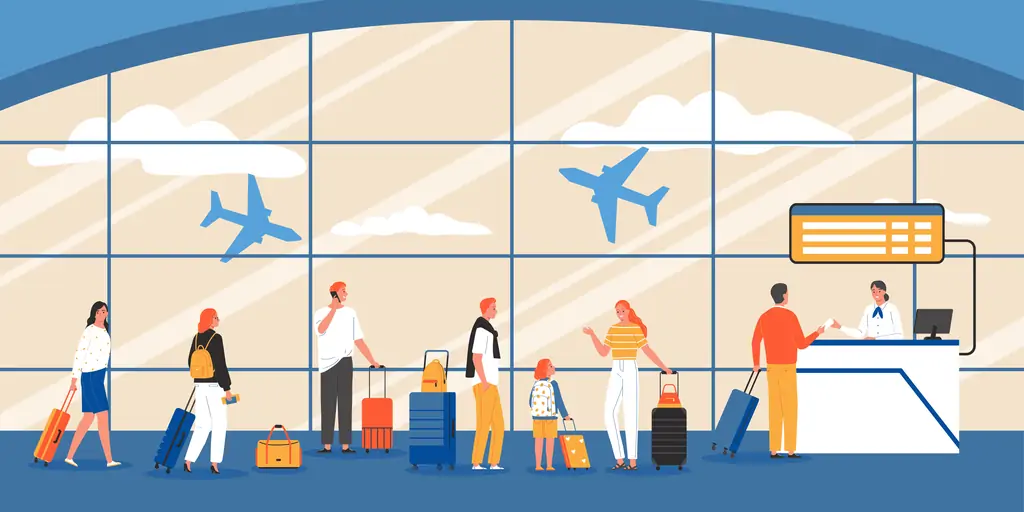
An expected increase of 10% in passenger traffic on the high base of fiscal 2024, combined with capital expenditure (capex)-linked tariff hikes and rising non-aeronautical revenue per passenger, will help grow the revenue of leading private airport operators by around 30% this fiscal.
The rising revenue will restore the cushion for debt servicing to around 1.4 times, taking it back to the level last seen before the Covid-19 pandemic. Airports had dipped into their cash reserve to service debt during this period. Indian airports are led by GMR Infrastructure Ltd, Adani Airports and Airports Authority of India.
A CRISIL Ratings study of 10 private airports that accounted for an estimated 60% of overall passenger traffic in fiscal 2024 indicates as much.
Ankit Hakhu, Director, CRISIL Ratings said, “Taking off from the strong base of last fiscal, passenger traffic growth will continue its momentum in fiscal 2025 and rise more than 10% to over 415 million. Continuing economic growth, opening of more airports and improving regional connectivity are providing the tailwinds necessary for domestic traffic growth. On the international side, growing business travel and easing visa requirements to countries such as Malaysia and Vietnam, reducing wait times for visa applications to western Europe1 and improving connectivity to western and Southeast Asia are significant positives.”
As passenger volume rises, airports will see an increase in both aeronautical and non-aeronautical revenue. Aeronautical sources include fees collected from passengers, airlines and cargo operators for use of infrastructure. Non-aeronautical sources include advertising, retail, lounge and duty-free shops. About two-thirds of the increase in the revenue of airports is expected to come from aeronautical sources (~45% growth on-year). This is because almost half the airports in the CRISIL Ratings study will clock a pre-determined increase in their aeronautical tariffs by 25% on average.
Aeronautical tariffs are regulated and allow for cash flow required by airports to service the debt availed for aeronautical capex and a return on equity for the operator. Airports had undertaken significant expansion during the pandemic to more than double their capacity in anticipation of the current spurt in passenger volume. The current rise in aeronautical tariffs is compensating for these capacity expansions.
The remaining one-third of the revenue growth will be driven by non-aeronautical sources (~15% growth on-year). These have been increasing steadily, driven by rising passenger spends on retail and food and beverage, as well as real estate leasing and advertising.
Varun Marwaha, Associate Director, CRISIL Ratings, said, “The recovery in the revenue growth trajectory — after three years of decline led by the pandemic— comes at the right time to support the increasing debt obligations of private airport operators arising from the significant expansion during the pandemic period. With the projected increase in revenue, the debt cover of operators is expected to recover to 1.4 times, a level last seen before the pandemic between fiscals 2018 and 2020.”
Read next
Boeing, the U.S. aerospace giant, recently announced its first quarterly revenue decline in seven quarters. This setback comes amidst challenges including a mid-air incident prompting production slowdowns, ongoing discussions about acquiring key supplier Spirit AeroSystems, and persistent issues surrounding its commercial airplanes division. Let's delve into the details.
Quarterly Performance and Analyst Expectations
Boeing's quarterly revenue stood at $16.57 billion, a decrease from $17.92 billion a year earlier but surpassing analyst expectations of $16.23 billion. Despite the decline, the company managed to beat lowered expectations following an incident involving a door plug in January, which led to production adjustments for its 737 MAX jets.
Acquisition Talks with Spirit AeroSystems
CEO Dave Calhoun expressed confidence in a potential deal to acquire Spirit AeroSystems during the second quarter. However, negotiations hinge on factors such as price and discussions with Spirit's customer, Airbus. Despite the complexities, Calhoun assured analysts that Boeing can proceed without full clarity on the Airbus side, emphasizing the company's autonomy in decision-making.
Financial Outlook and Cash Burn Concerns
Boeing's CFO, Brian West, acknowledged a "sizeable" cash burn for the second quarter, though an improvement from the previous quarter's $3.93 billion cash burn was anticipated. Challenges stemming from the January incident, including a nearly $4.5 billion cash burn, have contributed to concerns about financial performance.
Credit Rating Downgrade and Legal Implications
Moody's decision to downgrade Boeing's credit rating to the bottom of investment grade reflects ongoing headwinds in the commercial airplanes segment. Legal actions following the Alaska Airlines incident have also impacted the company, resulting in significant earnings charges and heightened scrutiny from regulators.
Regulatory Constraints and Production Challenges
The Federal Aviation Administration's imposition of a production cap on 737 MAX jets has forced Boeing to reassess its manufacturing processes. Output has been hampered as U.S. regulators intensify factory checks, necessitating a comprehensive plan to enhance quality control. Calhoun emphasized that production rates will not increase until these issues are resolved.
Leadership Transition and Production Goals
As Calhoun prepares to depart by the year's end, speculation surrounds potential successors, with commercial airplanes boss Stephanie Pope highlighted as a candidate. Analysts caution that the sluggish pace of deliveries may impede Boeing's efforts to achieve its financial and production targets, including a $10 billion annual cash flow goal by 2025 or 2026.
Supply Chain Disruptions and Market Dynamics
Supply chain disruptions, including shortages of airline seats and cooling parts, have impacted Boeing's production timelines, particularly for its 787 Dreamliner jets. Despite challenges, demand for aircraft remains robust, with both Boeing and Airbus navigating constraints in the narrowbody market.
Conclusion
Boeing's recent performance underscores the complex landscape facing the aerospace industry, with regulatory scrutiny, supply chain disruptions, and financial pressures influencing its trajectory. As the company navigates these challenges, attention will be on its ability to address production issues, execute strategic acquisitions, and regain investor confidence amidst a turbulent operating environment.
With Inputs from Reuters
Read next
After nearly three years of deliberation, the U.S. Transportation Department has implemented new rules aimed at providing greater transparency and protection for airline passengers. These rules, finalized on Wednesday, mandate upfront disclosure of airline fees and ensure quick cash refunds for canceled flights, delayed baggage, or inoperative services. But are these regulations truly a game-changer for travelers?
Upfront Disclosure of Fees and Automatic Refunds
One of the key provisions of the new rules is the requirement for airlines and ticket agents to disclose baggage, change, and cancellation fees upfront. This means consumers will have clearer information about the total cost of their airfare, including any additional charges they may incur.
President Joe Biden has been vocal in his criticism of the airline industry, citing instances where passengers have faced delays in receiving refunds or been hit with unexpected fees. The new mandate ensures automatic refunds for passengers when owed, eliminating the hassle of chasing down reimbursements.
Protection from Surprise Fees and Refunds for Canceled Flights
By requiring airlines to disclose extra service fees alongside fare information, passengers will have a better understanding of what is included in their ticket price. This aims to prevent the imposition of surprise fees, providing greater transparency and clarity for travelers.
Under the new rules, passengers are entitled to cash refunds for canceled flights, regardless of the reason, including weather-related disruptions. This represents a significant shift from previous practices, where vouchers or credits were often offered instead of cash refunds.
Prompt Delivery of Baggage
Passengers will also benefit from faster refunds for delayed baggage, with airlines required to issue refunds if bags are not delivered within specific timeframes. This ensures that travelers are not left waiting indefinitely for their belongings and are appropriately compensated for any inconvenience caused.
Guaranteed Seats and Prohibited Advertising
Airlines are now mandated to inform passengers that seats are guaranteed, eliminating the need for passengers to pay additional seat selection fees. Moreover, carriers are prohibited from advertising promotional discounts that do not include mandatory carrier-imposed fees, ensuring that consumers are not misled by deceptive advertising practices.
Future Considerations and Conclusion
While these new rules represent a significant step towards protecting airline passengers, there are still areas where improvements can be made. For instance, the Department of Transportation has yet to issue formal proposals regarding compensation for significant flight delays or cancellations caused by airlines.
The implementation of new rules by the U.S. Transportation Department marks a positive development for airline passengers, promising greater transparency, protection from surprise fees, and quicker refunds for canceled flights and delayed baggage. However, continued vigilance and further reforms may be necessary to ensure that travelers receive the fair treatment they deserve in the future.
With Inputs from Reuters
Read next
In a resounding victory for Southwest Airlines flight attendants, a new contract has been ratified, heralding an immediate 22% pay raise. This landmark agreement, achieved after two previous unsuccessful attempts, marks a significant milestone in the ongoing negotiations between the airline and its labor force.
A Historic Win
Nearly 20,000 flight attendants exercised their voting rights, with an overwhelming 81% majority endorsing the new collective bargaining agreement. This pivotal decision not only guarantees an immediate boost in pay but also ensures incremental raises of 3% annually until May 2028. The Transport Workers Union's local chapter 556 facilitated this groundbreaking achievement, underscoring the power of collective bargaining in securing fair wages and benefits for workers.
Southwest Airlines' Progressive Approach
This victory is part of a broader trend within Southwest Airlines, which has been actively engaging with its labor unions to address long-standing grievances and enhance working conditions. Since October 2022, the airline has ratified contracts with eleven union-represented worker groups, signaling its commitment to fostering positive labor relations. Earlier this year, a landmark deal was struck with the pilots, promising a staggering 50% pay raise over a five-year period.
Industry-Wide Implications
Southwest's success in negotiating favorable terms with its employees is reflective of broader shifts within the aviation industry. Flight attendants at rival carriers such as American Airlines and United Airlines are also pushing for better pay and benefits, including compensation for time spent during boarding and on the ground. The outcome of these negotiations could set a precedent for industry standards and reshape the landscape of labor relations within the airline sector.
Looking Ahead
As Southwest Airlines continues to prioritize its workforce, the successful conclusion of negotiations with flight attendants underscores the importance of collaboration and compromise in achieving mutually beneficial outcomes. With this new contract in place, both the airline and its employees are poised to navigate the challenges and opportunities that lie ahead, ensuring a sustainable and prosperous future for all stakeholders.
Conclusion
The ratification of the new contract represents a triumph for Southwest Airlines flight attendants, who have secured a substantial pay raise and solidified their position within the company. This milestone achievement not only highlights the effectiveness of collective bargaining but also underscores the airline's commitment to fostering a positive and equitable work environment. As the aviation industry continues to evolve, Southwest's proactive approach to labor relations sets a commendable example for its peers, paving the way for a more collaborative and harmonious future.
With Inputs from Reuters
Read next
In a recent turn of events, LATAM has announced its decision to abandon plans to acquire Boeing B737 planes from Gol or any other sources, opting instead to explore alternative options for narrowbody aircraft. This decision comes after failed negotiations between LATAM and Gol following Gol's filing for bankruptcy protection in the U.S. earlier this year.
Clash of Titans: LATAM vs. Gol
Shortly after Gol's bankruptcy filing, tensions rose between the two airlines, with Gol accusing LATAM of attempting to poach its planes and pilots. In response, LATAM offered to acquire any B737s that Gol would no longer operate post-restructuring. However, talks between the two airlines hit an impasse, with LATAM citing Gol's "lack of meaningful engagement" as a primary reason for the deal's collapse.
The Search for Alternatives
Facing the challenge of meeting rising consumer demand amidst the scarcity of available B737 aircraft, LATAM has been compelled to seek alternative solutions to bolster its fleet. Despite extensive efforts, LATAM has been unable to secure B737 aircraft from sources unrelated to Gol. As a result, the airline has expressed its reluctance to continue pursuing transactions involving the B737.
Boeing's Troubles Add to the Turbulence
The aviation industry has been grappling with safety concerns surrounding Boeing's best-selling 737 Max series, further complicating LATAM's aircraft acquisition plans. The U.S. Federal Aviation Administration (FAA) recently halted Boeing's 737 MAX production expansion following a mid-flight cabin blowout on an Alaska Airlines flight. This incident prompted the FAA to give Boeing 90 days to address systemic quality-control issues, with Boeing currently halfway through this period.
Navigating the Future
As LATAM navigates through the turbulence caused by Gol's bankruptcy and Boeing's production challenges, the airline industry watches closely to see how it adapts its business strategy to overcome these obstacles. With the need to meet increasing consumer demand while ensuring operational efficiency and safety, LATAM's decision to explore alternative narrowbody aircraft reflects the evolving dynamics of the aviation landscape.
Conclusion
The fallout between LATAM and Gol, coupled with Boeing's production setbacks, underscores the complexities facing the aviation industry. As airlines like LATAM seek to optimize their fleets and adapt to changing market conditions, the search for viable aircraft solutions becomes paramount. How LATAM and other industry players navigate these challenges will shape the future trajectory of air travel in the post-pandemic era.
With Inputs from Reuters

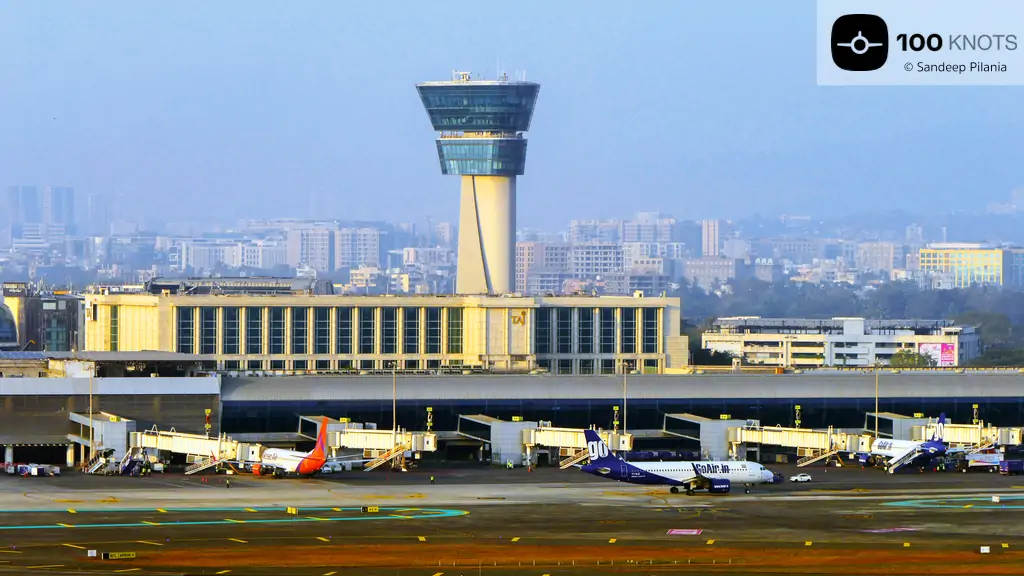


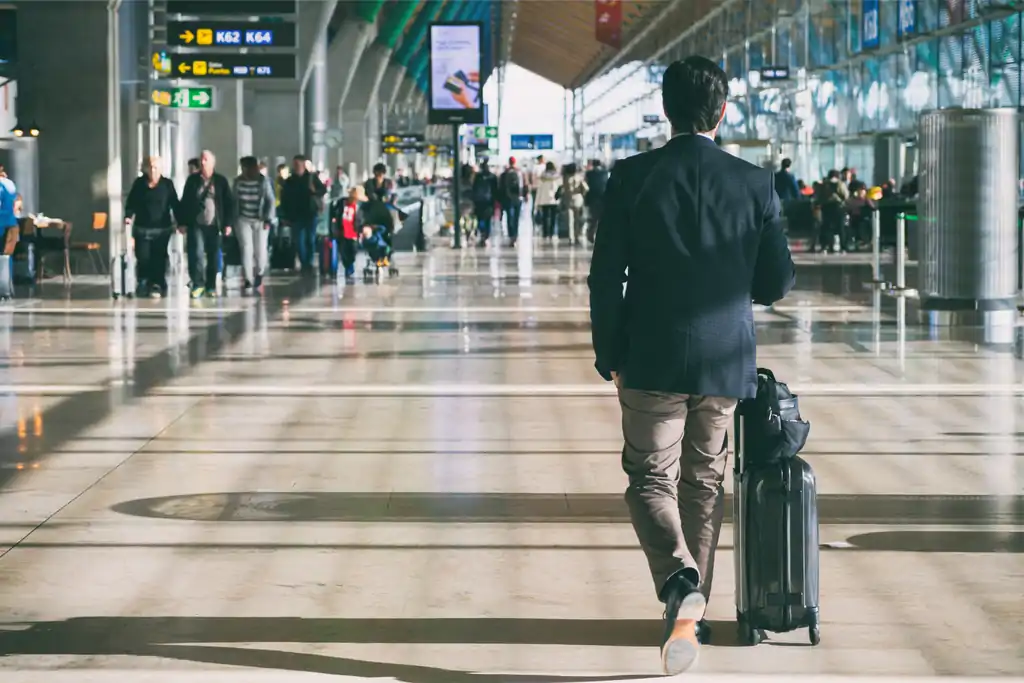
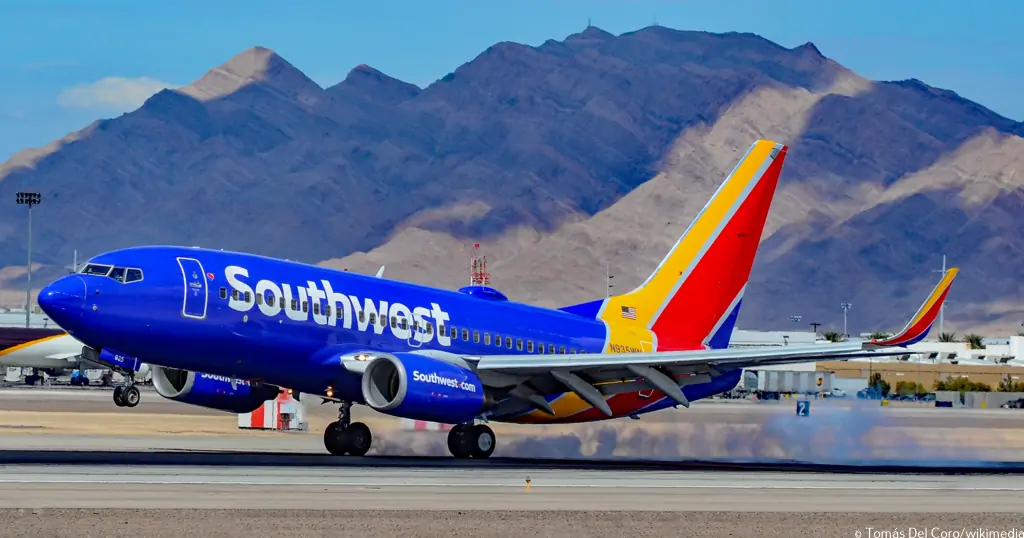
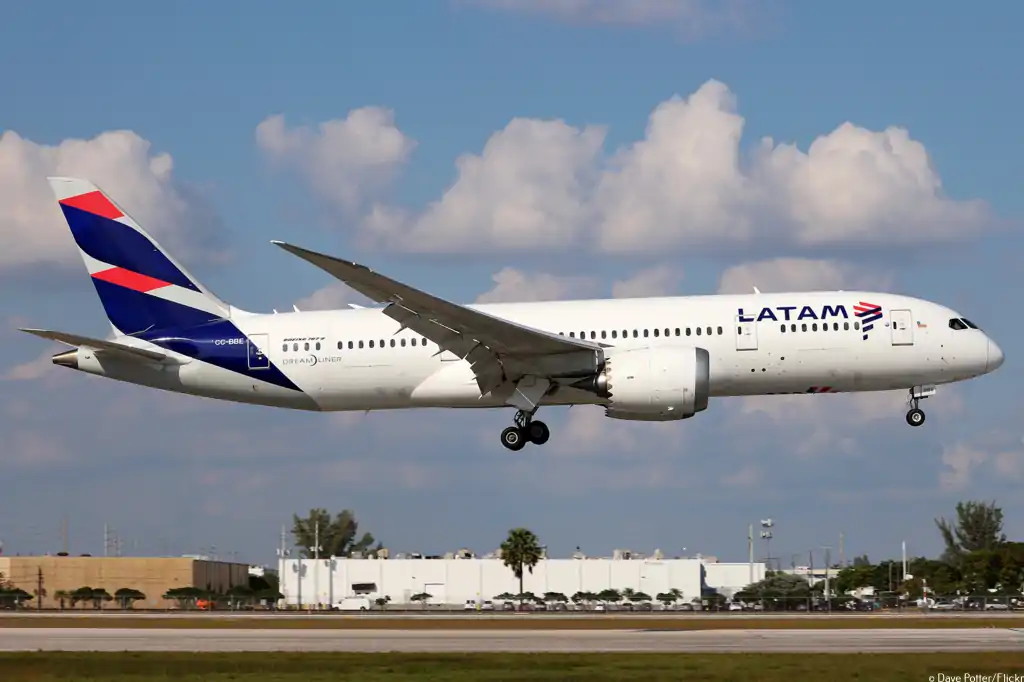
Comment